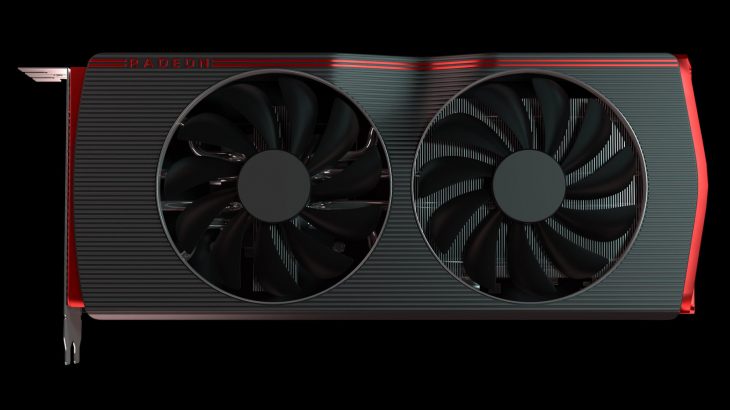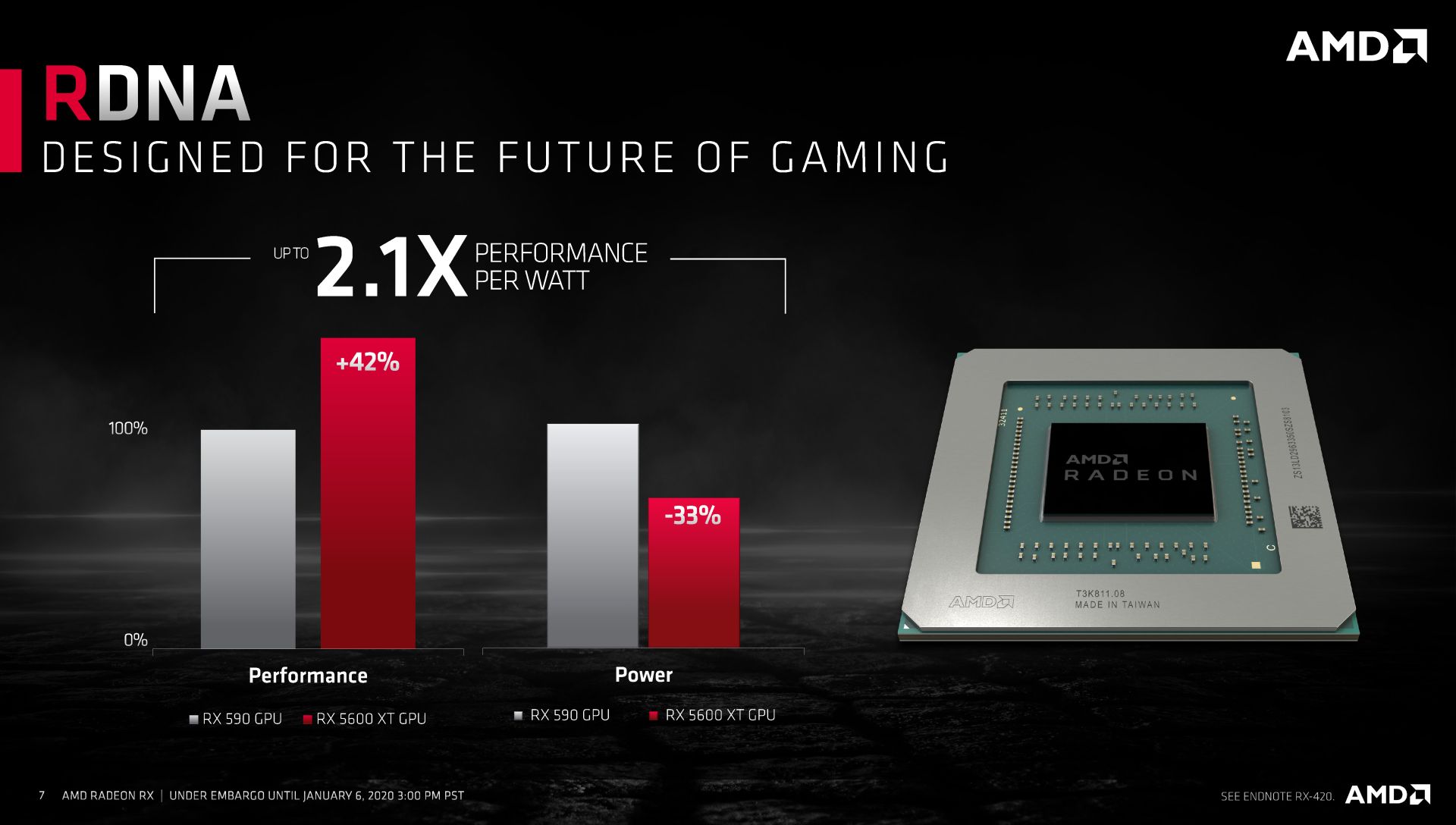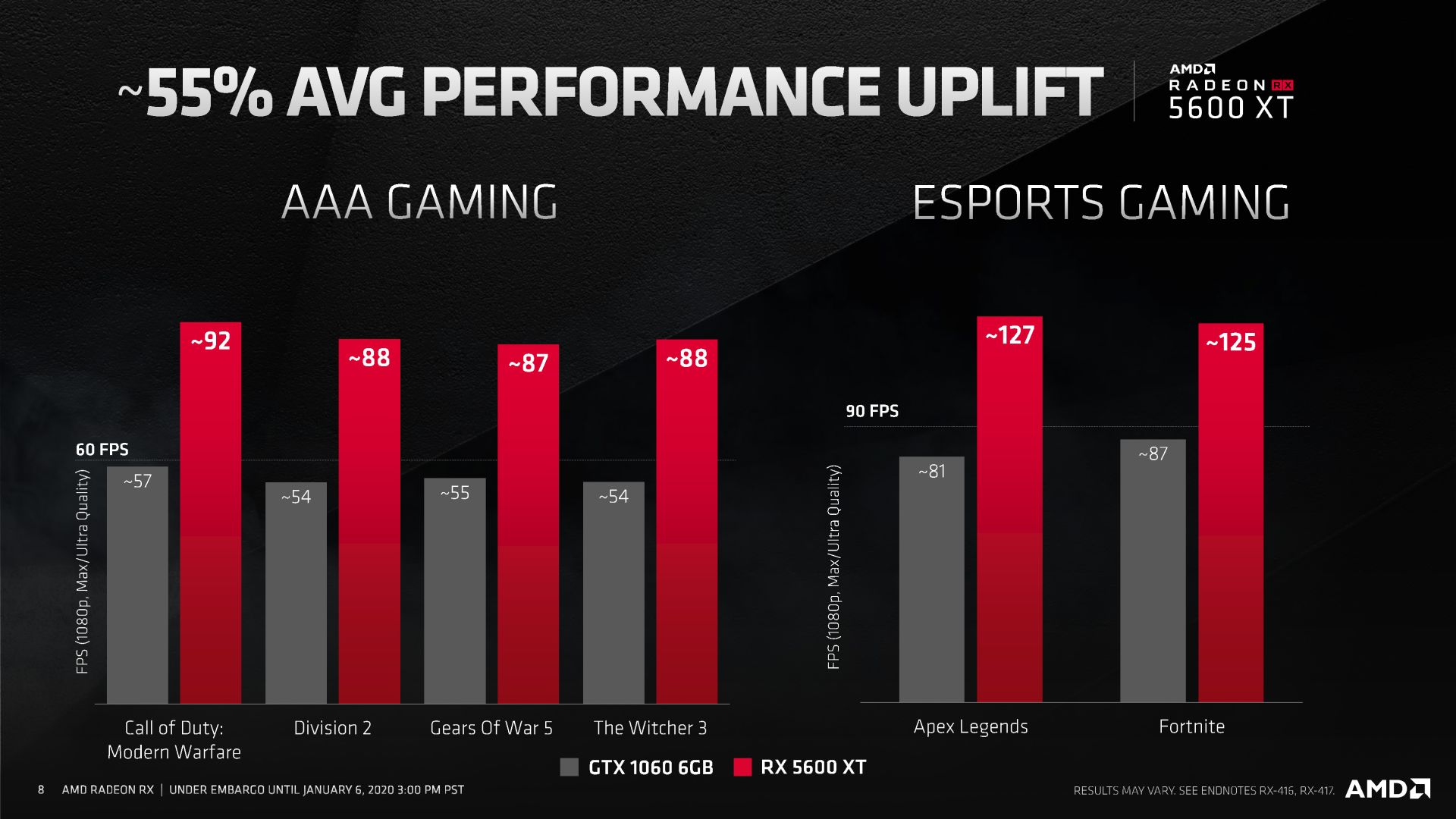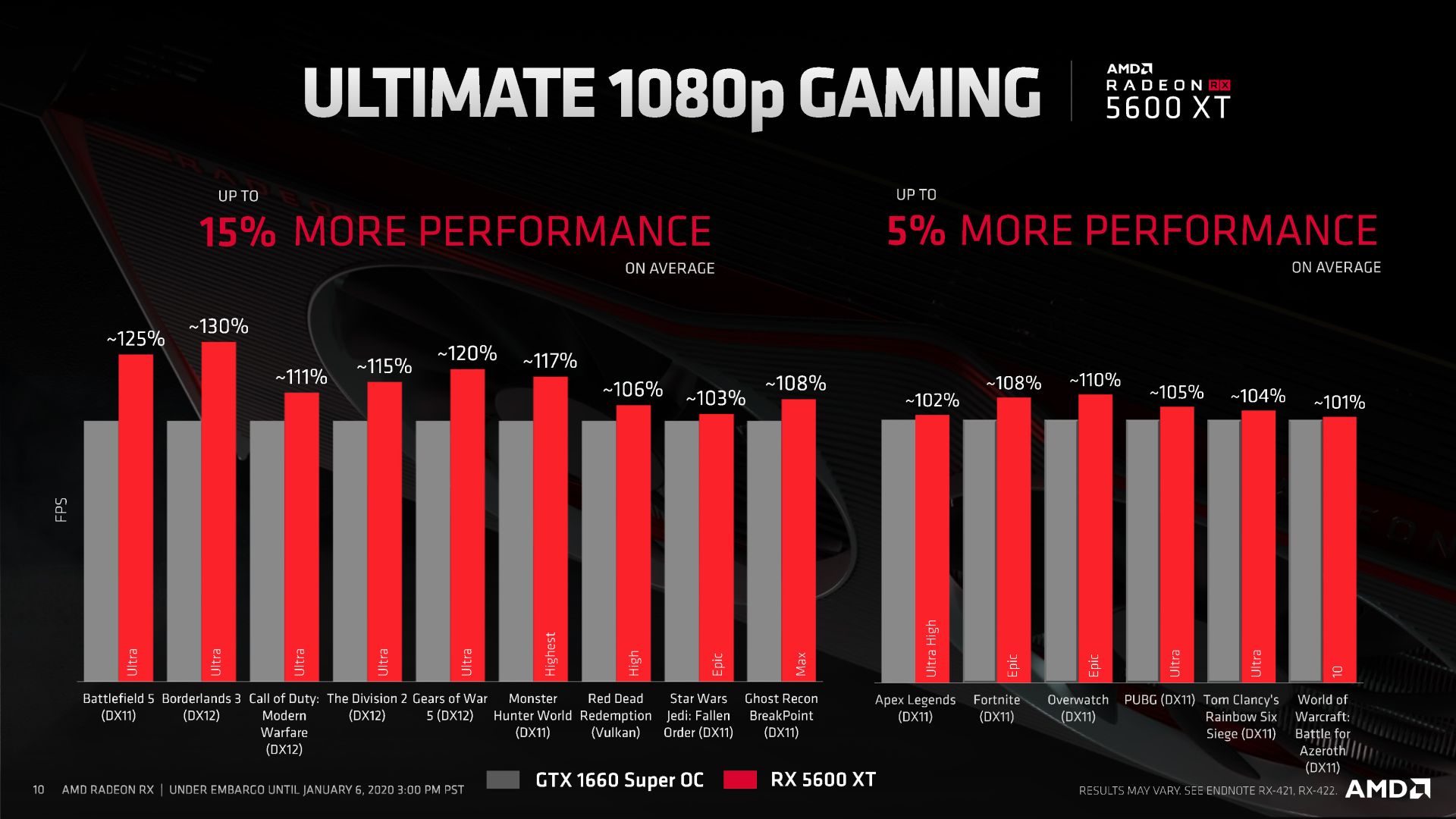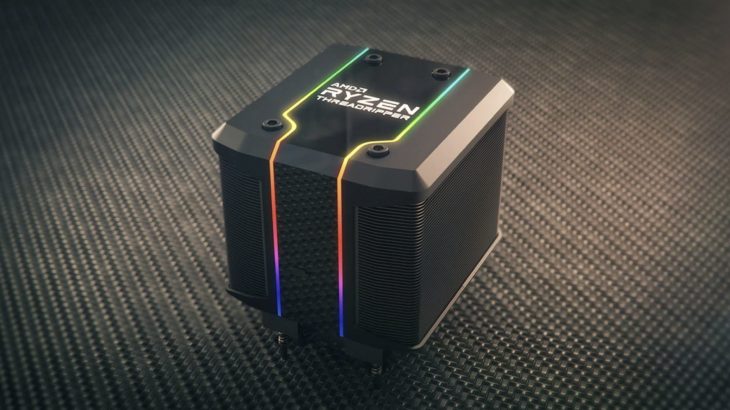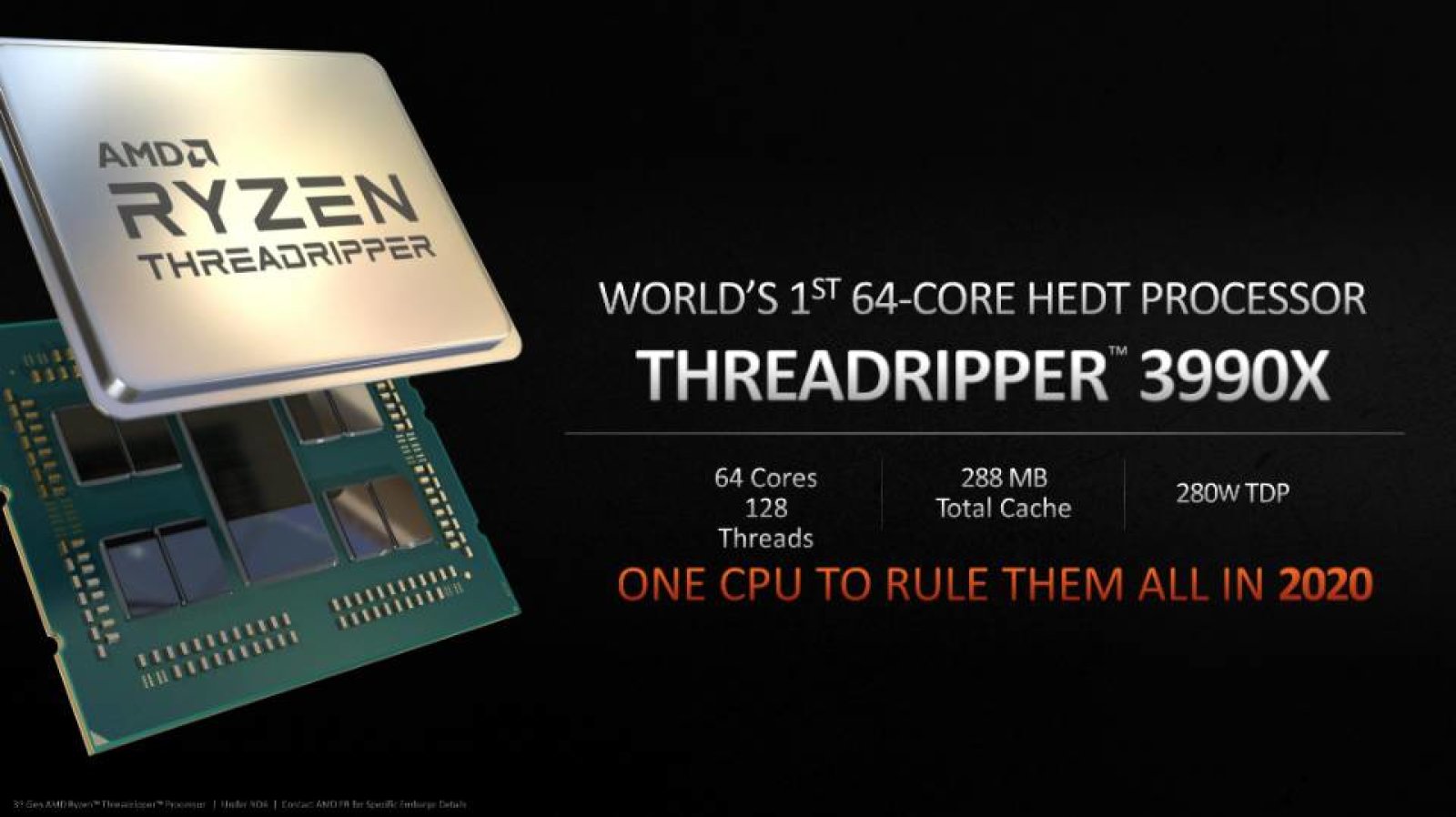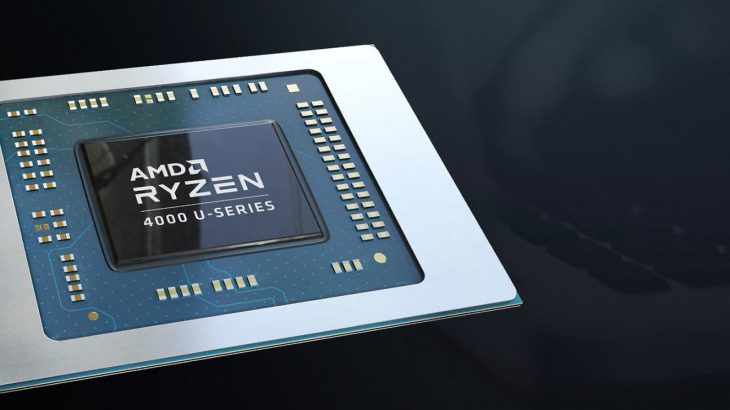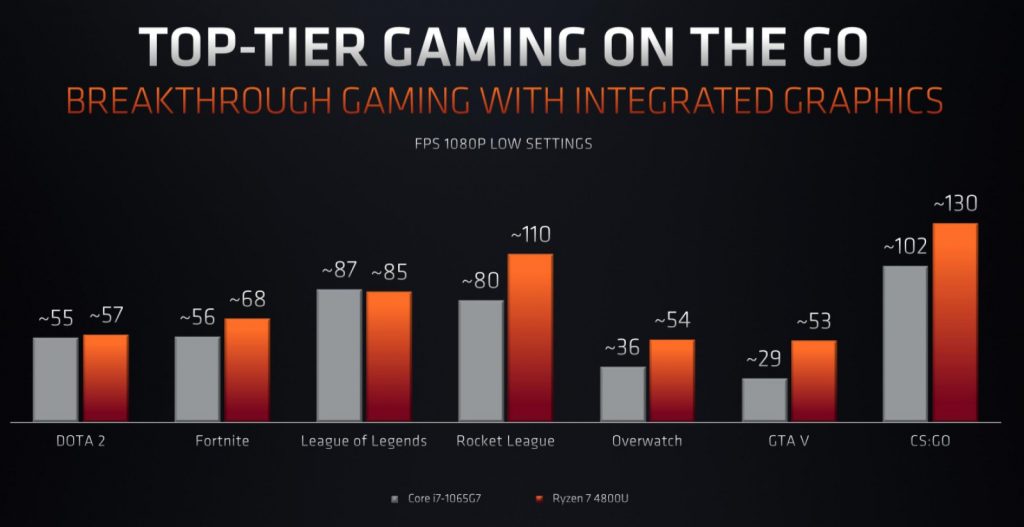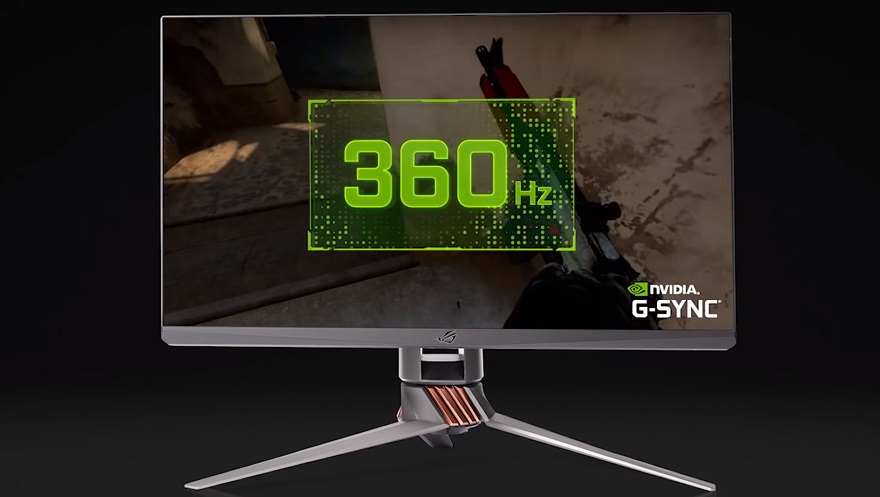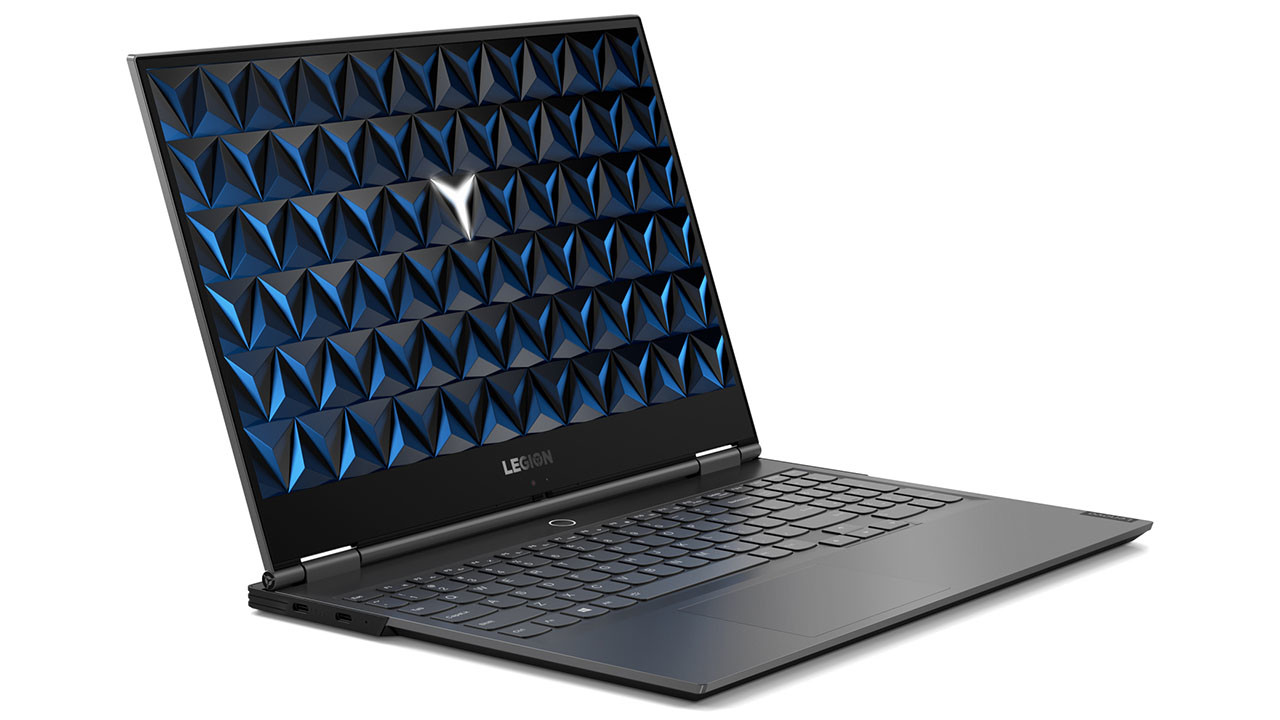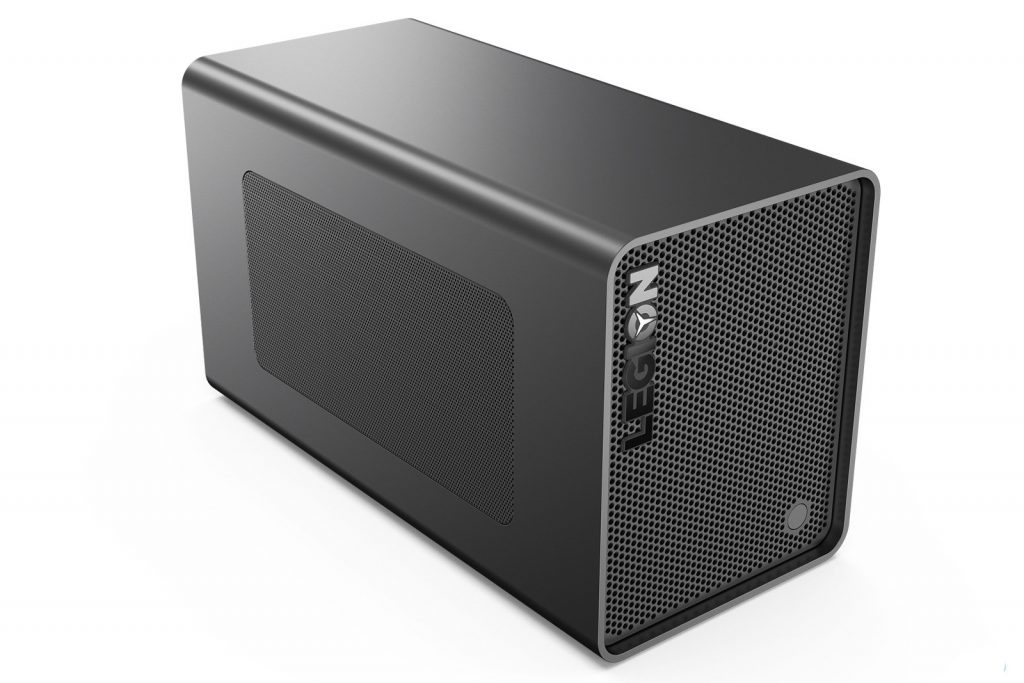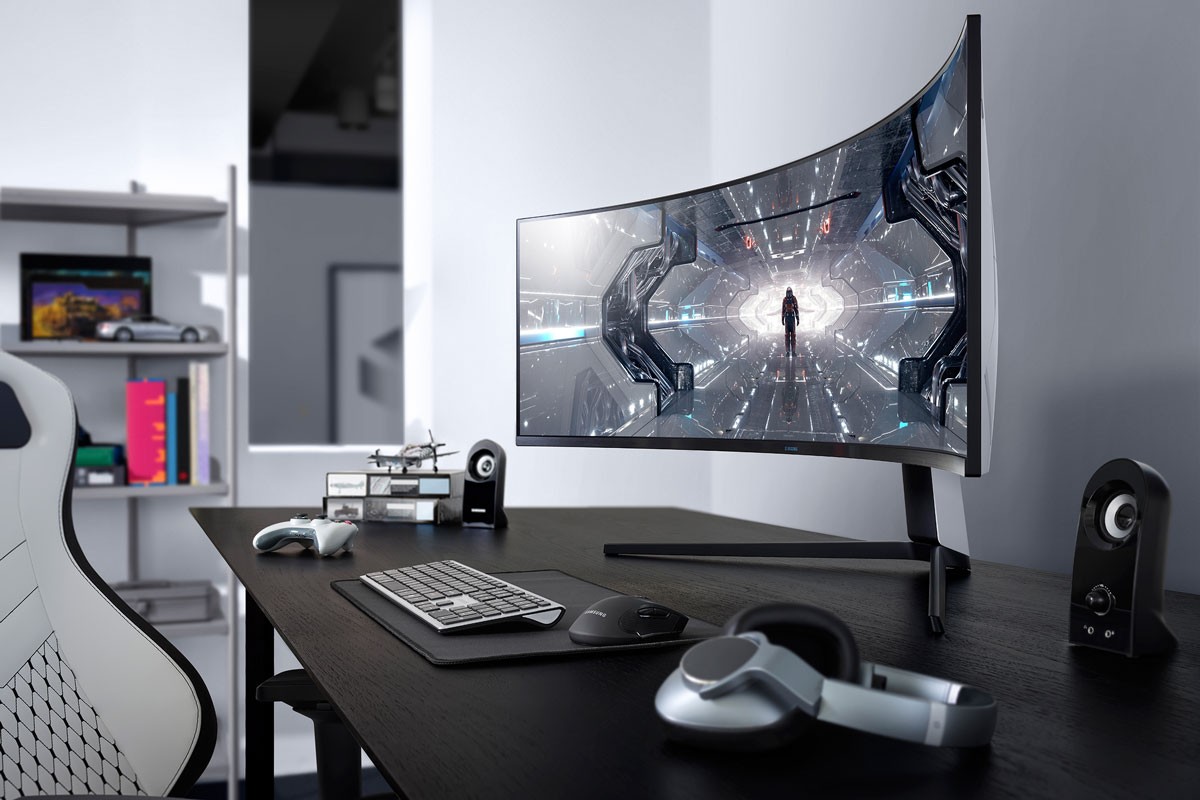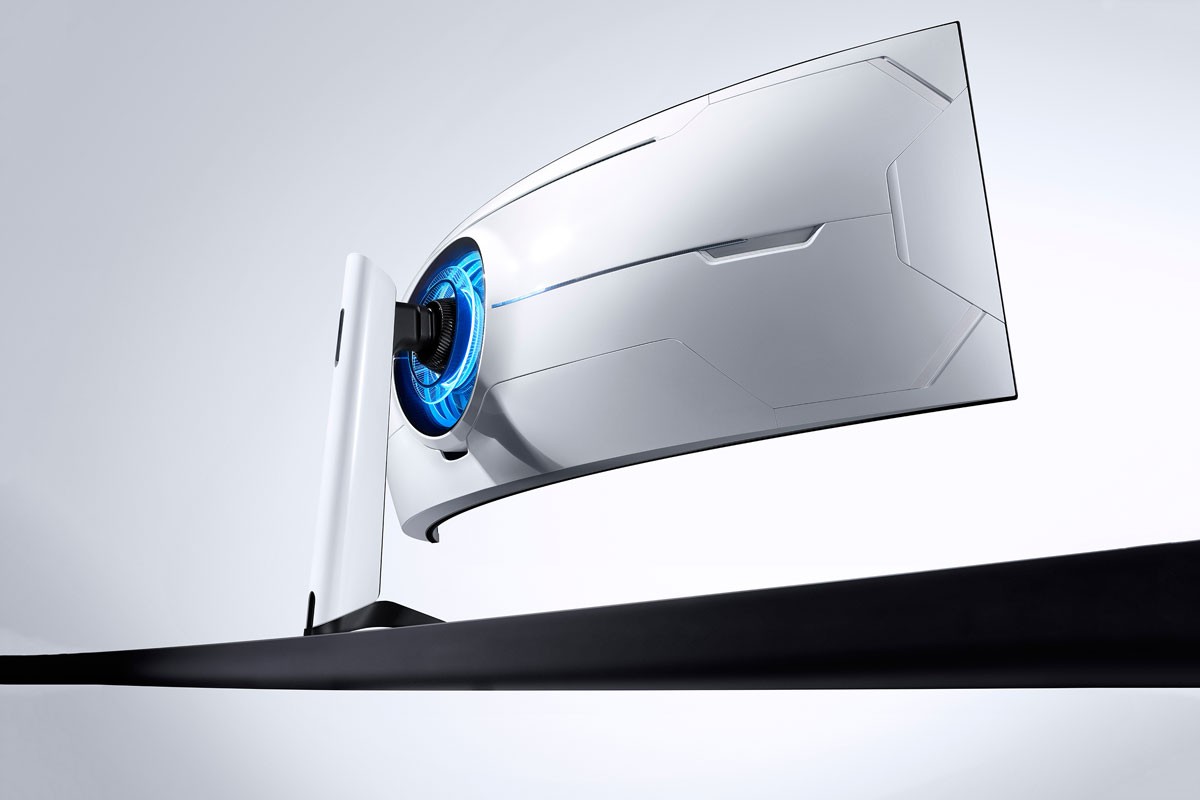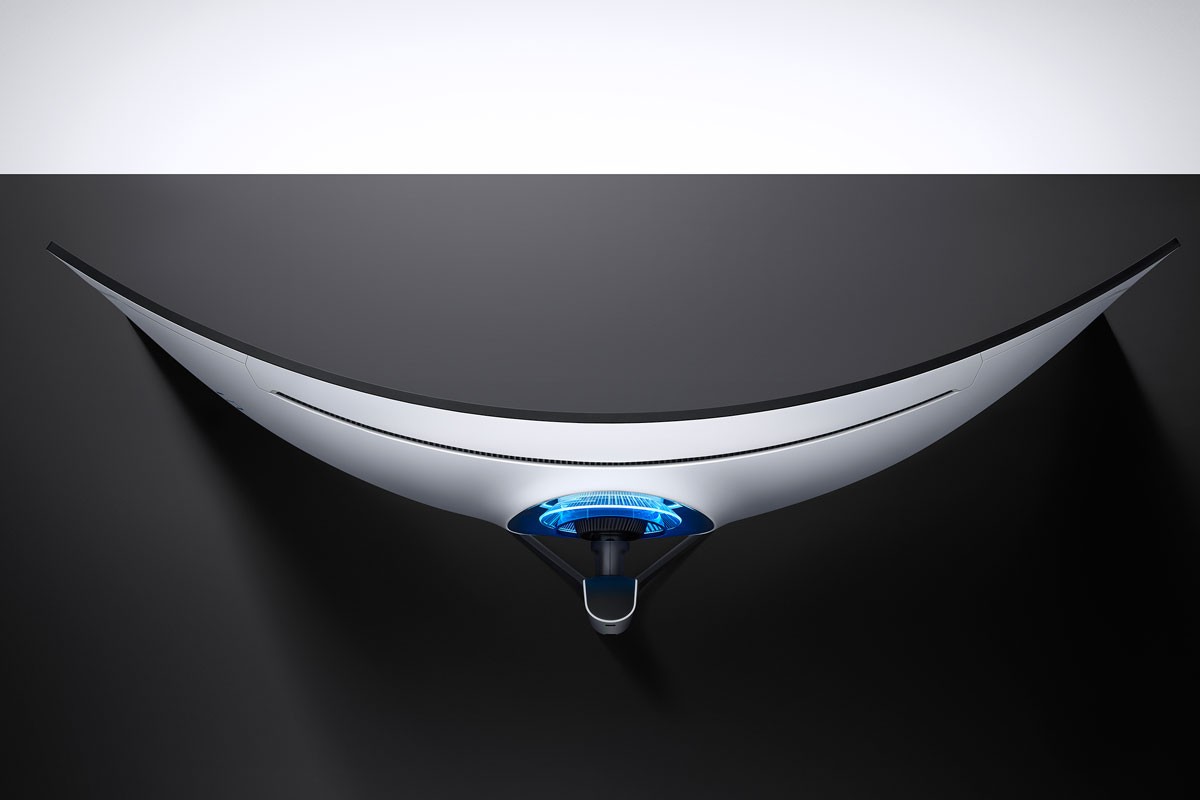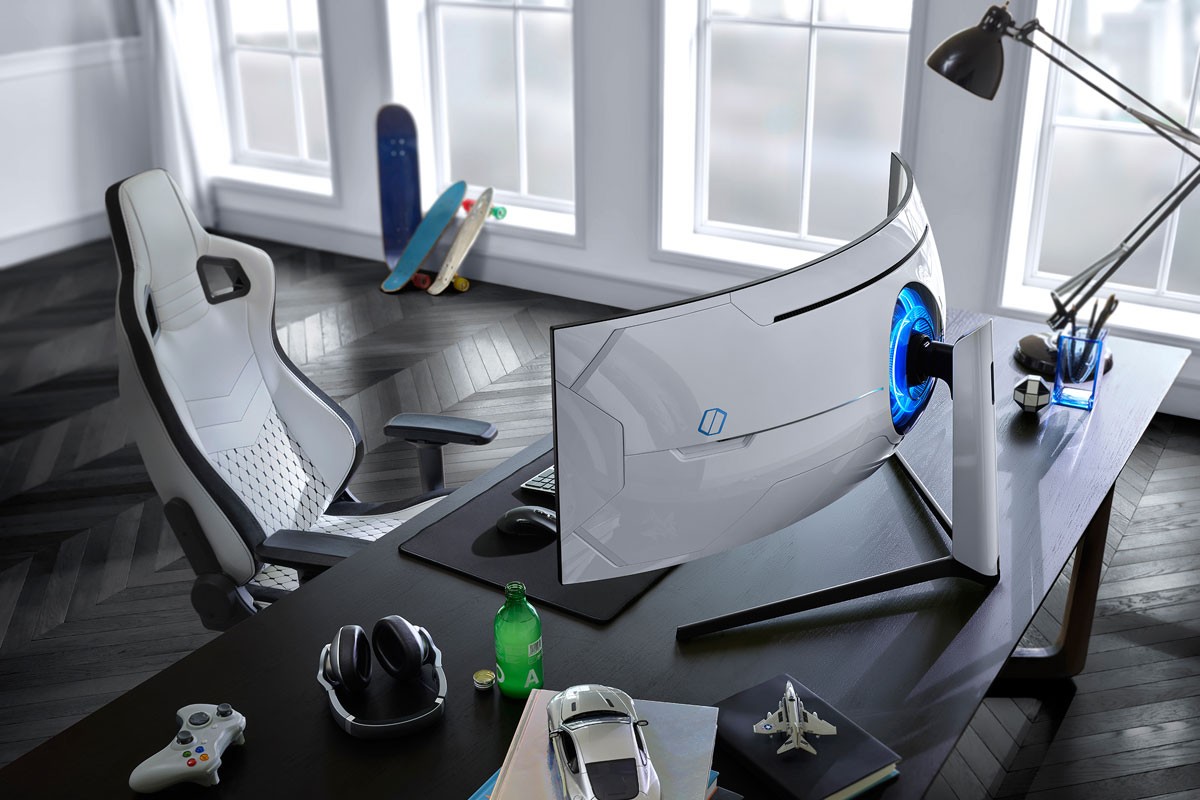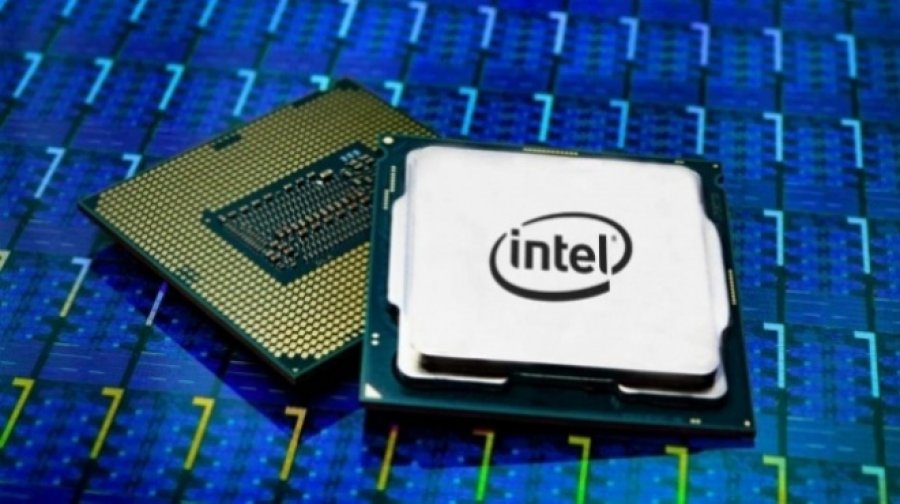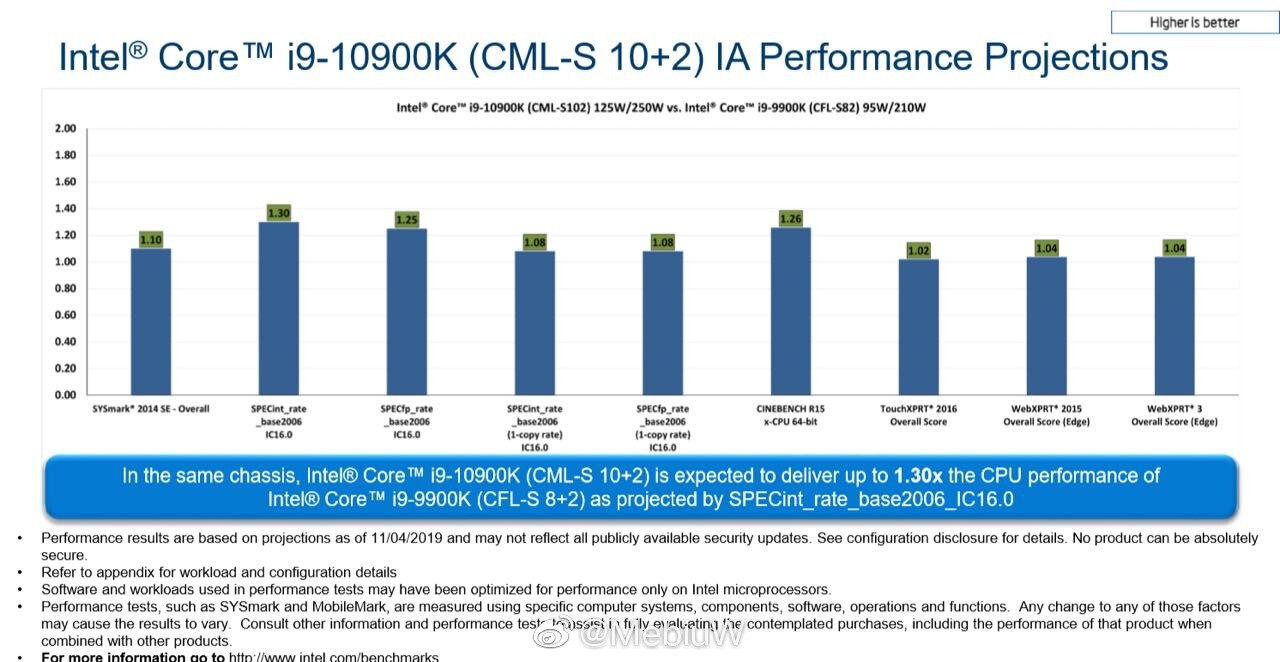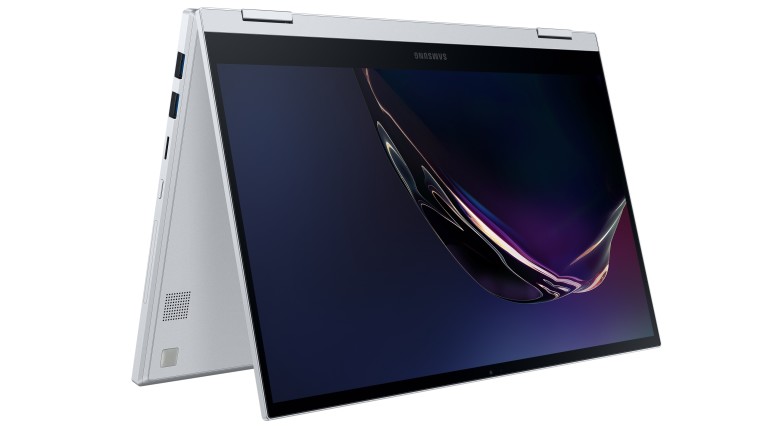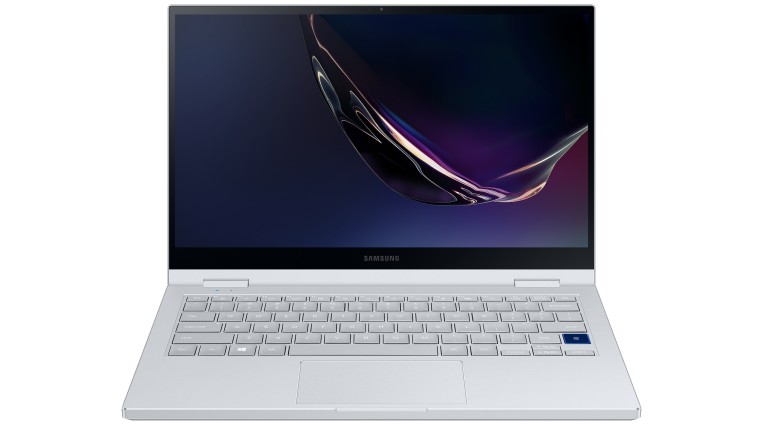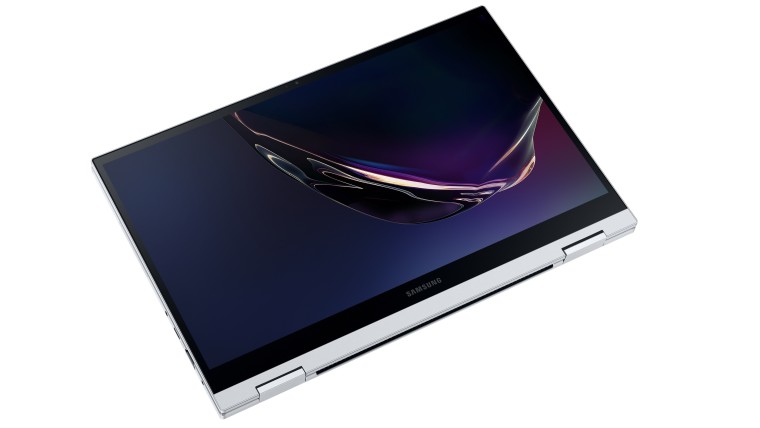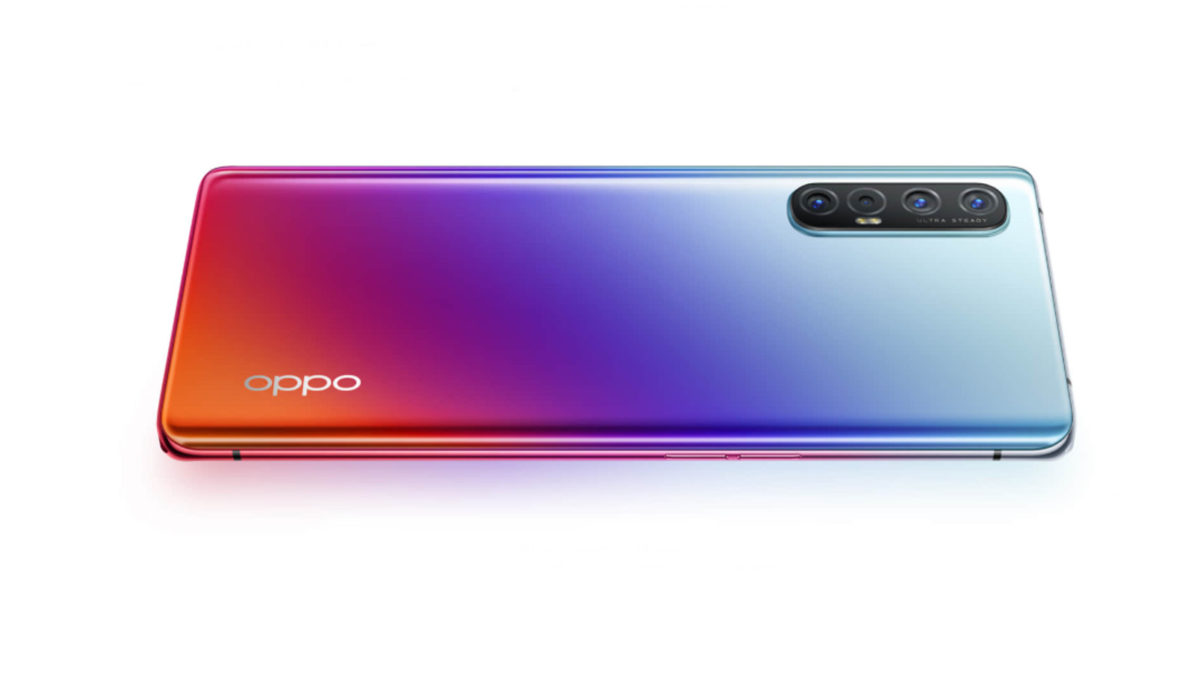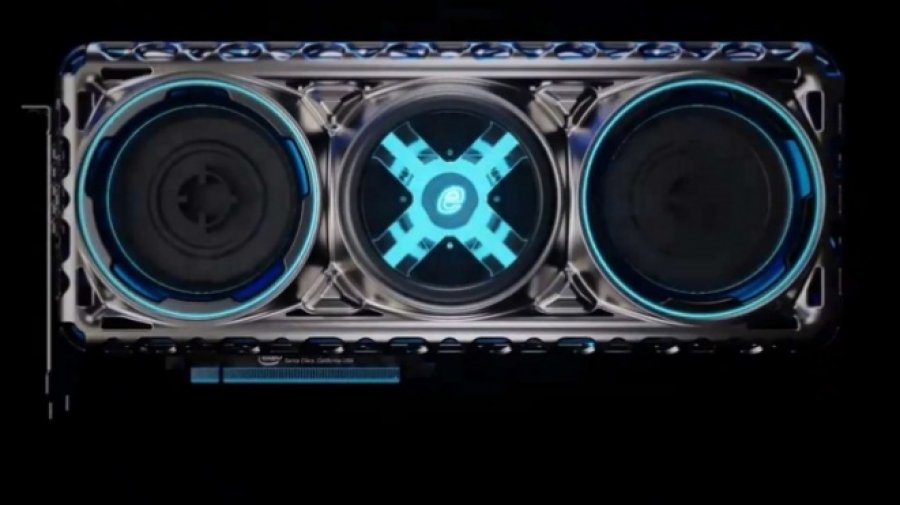GeForce GTX 1660 Ti has met its rival
At CES 2020 AMD didn’t present a card that everyone expected. Rather the company chose the Radeon RX 5600 XT graphics card with a kill 1080p performance of 90 to 120fps.
The card sits between the Radeon 5500 XT focused on 60fps 1080p performance and the Radeon 5700 XT at 1440p performance. Specifically AMD positions the 5600 XT graphics card as the ideal update for someone who has a Nvidia GTX 1060 graphics card debuted a few years ago but today finds it difficult to maintain 60fps in the latest titles.
For comparison in Call of Duty: Modern Warfare, the GTX 1060 stands at 57fps while the Radeon 5600XT at 92fps. The same goes for games like The Division 2, Gears of War 5 and The Witcher 3.
5600 XT has 36 graphics cores as much as the 5700 XT but has a lower frequency between 1,375Mhz and 1,560Mhz. It also only has 6GB of GDDR6 memory instead of the 8GB of RAM that has 5700 XT.
The graphics card will retail for $279 when it debuts on January 21st making it a direct competitor to the Nvidia GTX 1660 Ti
> Read Next: AMD’s 3990X Threadripper ‘Monster’ Processor is coming and Intel has not an answer
So what do you think about this? Let us know your thoughts in the comments section below, follow us on twitter and facebook for more news and updates.
